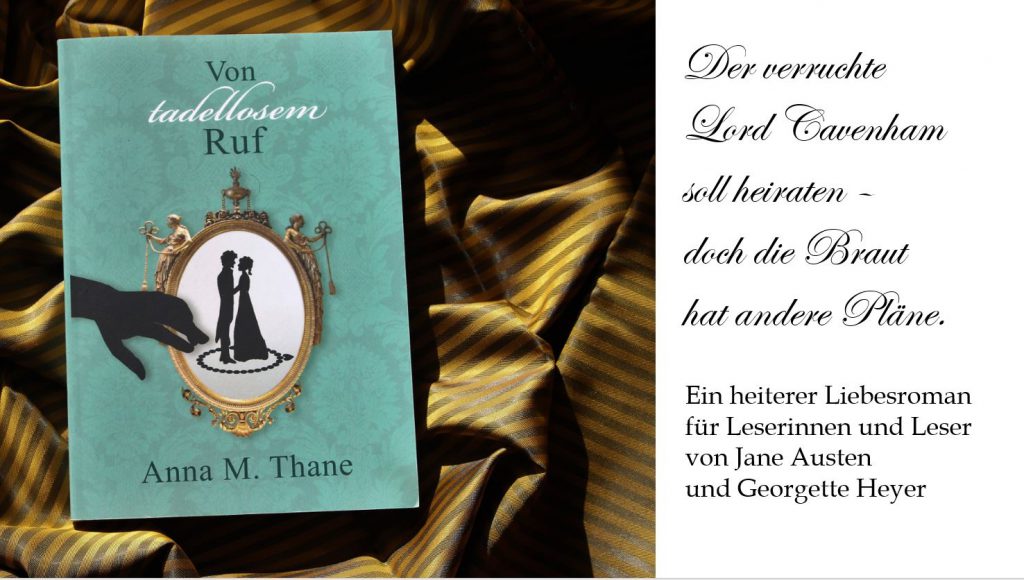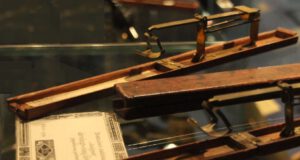 For British merchants doing business with France, the French Revolution brought a special challenge: Revolutionary France introduced the metric system of weight and measures in 1795, and made the franc the single monetary unit in the country in 1803. Thus, the value of British money had to be reevaluated for export and import, and adjusted to the new system of weight and measures. How could this be achieved?
For British merchants doing business with France, the French Revolution brought a special challenge: Revolutionary France introduced the metric system of weight and measures in 1795, and made the franc the single monetary unit in the country in 1803. Thus, the value of British money had to be reevaluated for export and import, and adjusted to the new system of weight and measures. How could this be achieved?
Some monetary aspects in Britain and France
In Britain, a new mint ratio between silver and gold was established in 1717. The value of a gold coin was fixed at 21 shillings (21/-, 1.05 pounds). Compared to other European countries, this valuation overvalued gold relative to silver. British merchants were used to send silver abroad in payments while exports were paid for with gold. Thus, as silver flowed out of Britain and gold flowed in, the country was effectively on a gold standard (a formal gold specie standard was first established in 1821).
In France, a bimetallic standard was used for French coinage from 1785: For 1 g of gold you would receive 15.5 g of silver. The system was backed by a law in 1803.
As a British merchant in 1717, you could reasonably expect to receive 40 French livres for 3 British pounds. Three British pounds were worth about 70 French livres in 1780, and 72 French francs in 1805.
An instrument for calculating the exchange value of currencies
Instrument-makers in France quickly found a solution to deal with this latest problem of currency exchange. Instrument-maker François-Antoine Jecker (1765 – 1834) seized the opportunity to supply standards of length, weight and capacity throughout France. His instrument to calculate currencies was portable, foldable, and easy to handle. The weight of gold was expressed in ‘gros’ and ‘grains’; the values of the gold coins was expressed in francs.
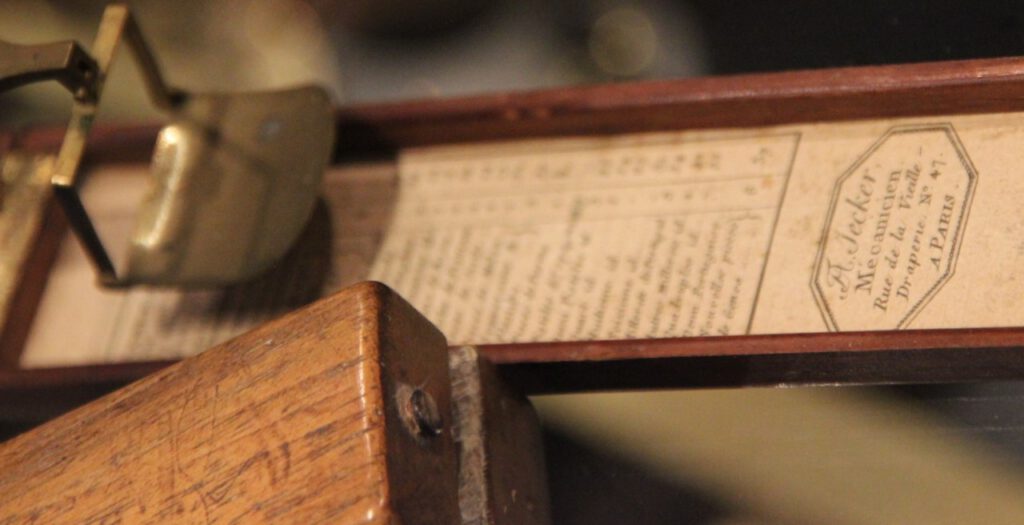
The pèse-monnaie could calculate the exchange rates of the most important countries, from the Ducat de Hollande to the Prussian Coin to the Sequin of Rome and the Pistole of Spain. The value of the coins was determined by the weight of the coins. The instrument was an immediate market-success. Jecker’s workshop reportedly produced 80,000 pieces.
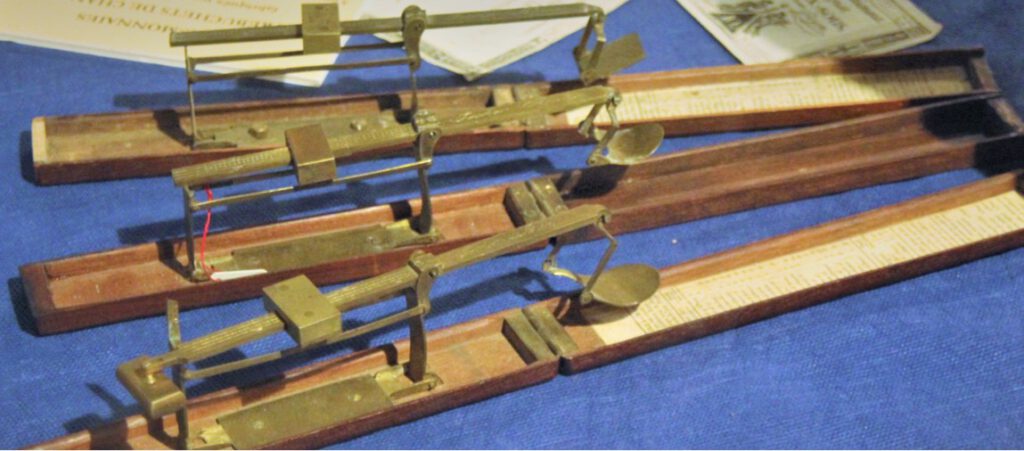
A brief portrait of François-Antoine Jecker
François-Antoine was the son of a farmer. He had a marked affinity for mechanical arts, read scientific books, and also invented small machines. Aged 19, he became apprenticed to a machinist. He proved to be extraordinarily talented. To further his knowledge he moved to London, the centre of instrument-making, in 1786. There, he managed to become an apprentice of famous Jesse Ramsden, the pre-eminent London instrument maker. Foreigners who wanted to learn the trade from Ramsden had to pay for the privilege to be taken on in the Ramsden Workshop: The fee of reputedly 150 guineas was well invested by François-Antoine: When he returned to Paris in 1792, he opened his own workshop after Ramsden’s model. Here, he created scientific, nautical and optical instruments. He was awarded a number of medals for his work.
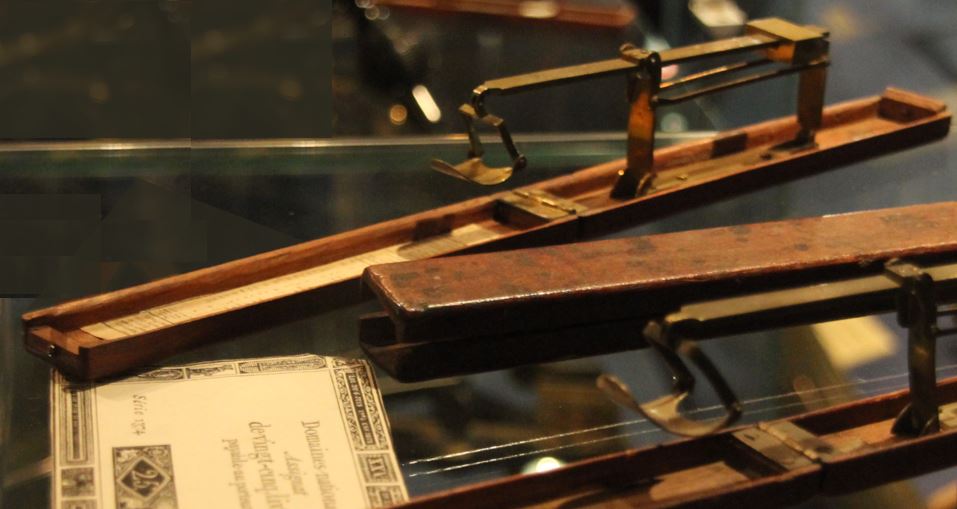
What was special about the Ramsden Workshop?
Jesse Ramsden was among the first who constructed an instrument entirely at one premise instead of having several workshops providing the parts. This system was called a factory. At Ramsden’s factory, 40 – 50 workers manufactured various parts of an instrument. A strict division of labour was practised, not least to keep the knowledge of manufacturing an instrument to a chosen few. The workers even had to keep their knowledge from each other. Ramsden himself was the master of all skills necessary to produce a complete instrument.
Related articles
Sources
John L. Heilbron: The Oxford Companion to the History of Modern Science, Oxford University Press, 2003
Rodney Edvinsson, Stockholm University, Swedish Collegium for Advanced Study: https://www.historicalstatistics.org/Currencyconverter.html
Pierre Marteau: The Marteau Early 18th-Century Currency Converter http://www.pierre-marteau.com/currency/converter.html
Albert Balasse: Le Compendium; Trébuchet monétaire Jecker, à Paris: http://www.lecompendium.com/dossier_meca_45_trebuchet_monetaire_jecker/trebuchet_jecker.htm
A. D. Morrison-Low, Making Scientific Instruments in the Industrial Revolution, Ashgate Publishing Limited, 2007
Brian Stevenson, François-Antoine Jecker, 1765 – 1834 at http://microscopist.net/Jecker.html, last updated April, 2019
Article by Anna M. Thane, author of the novel
“Von tadellosem Ruf” (http://amzn.to/2TXvrez)
